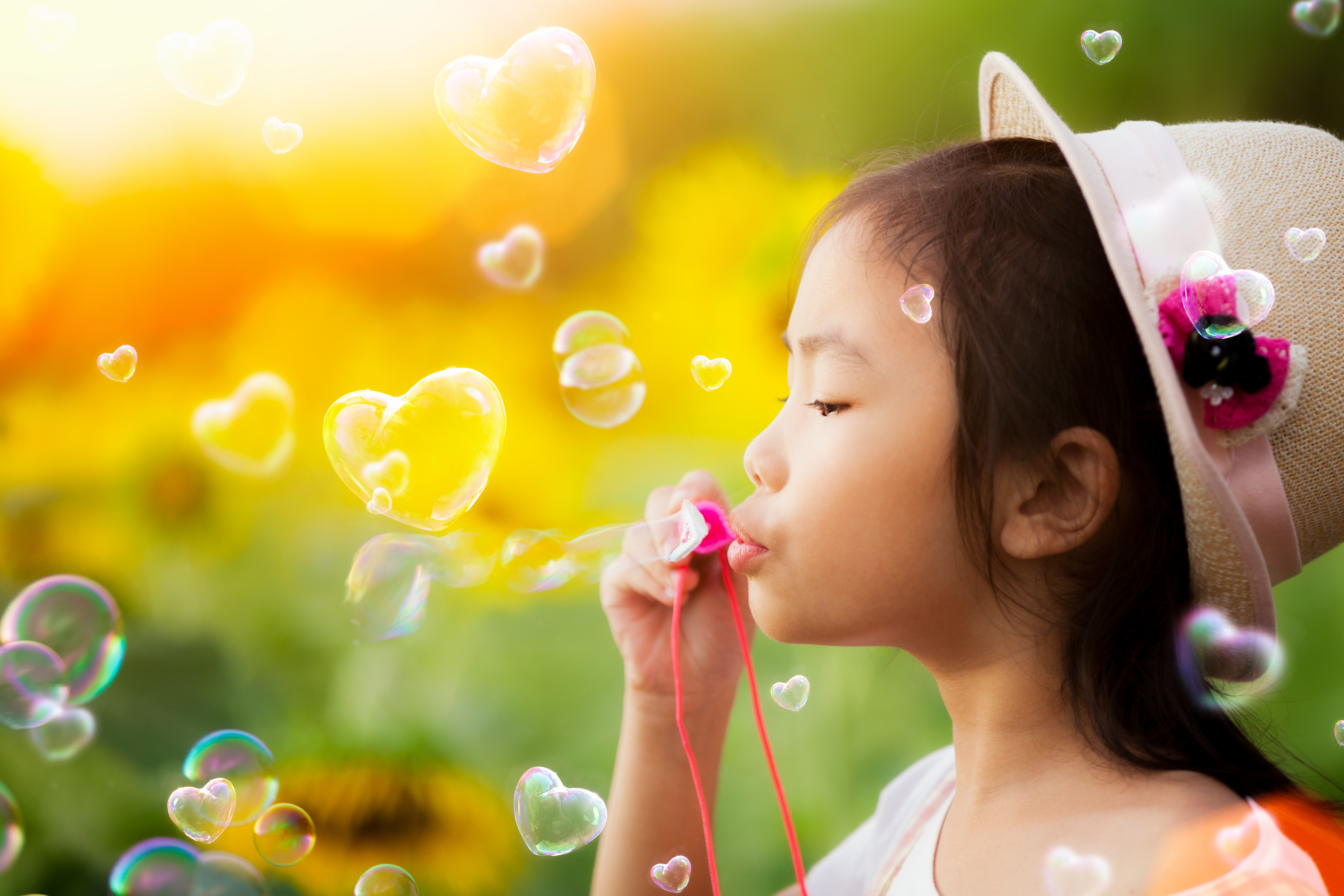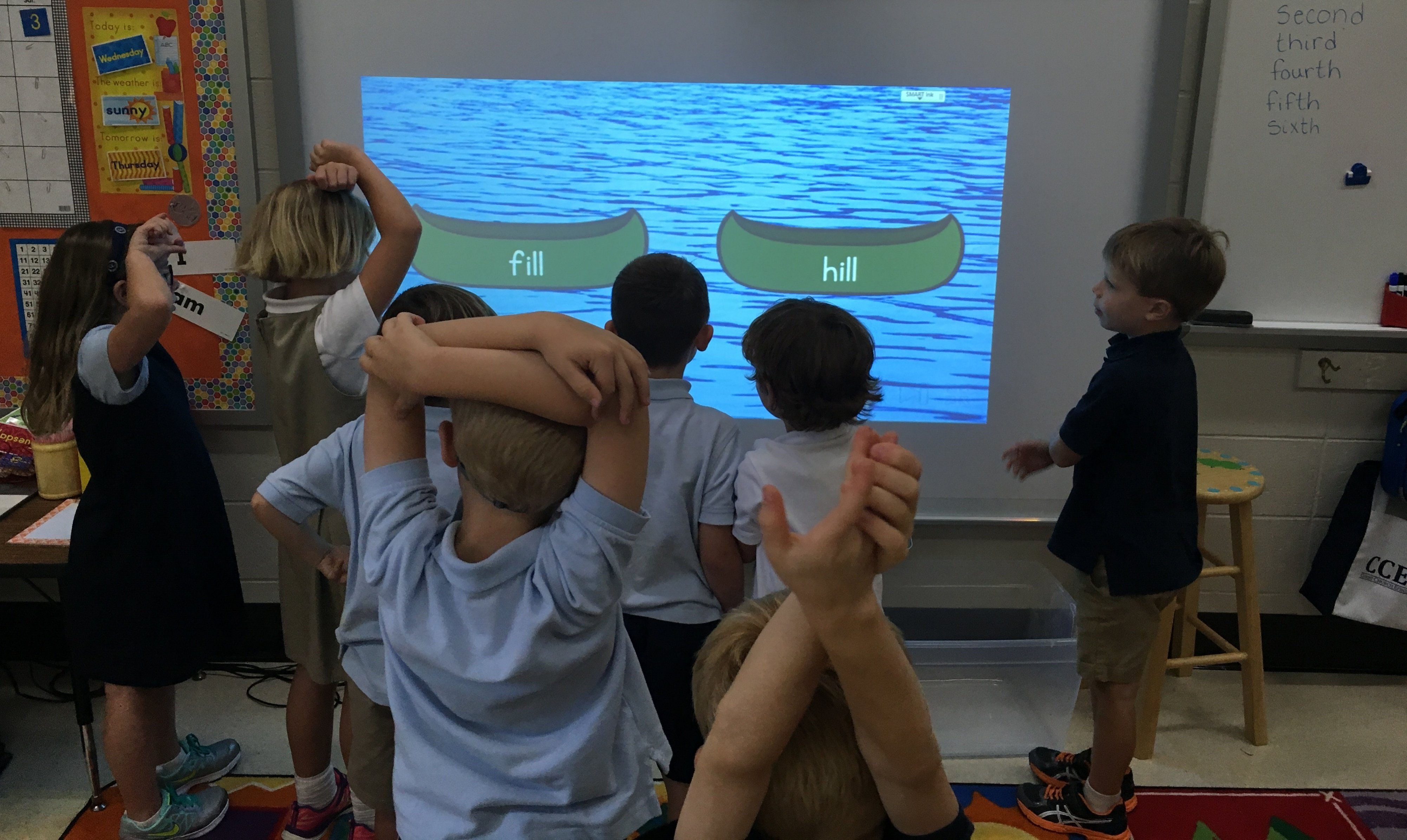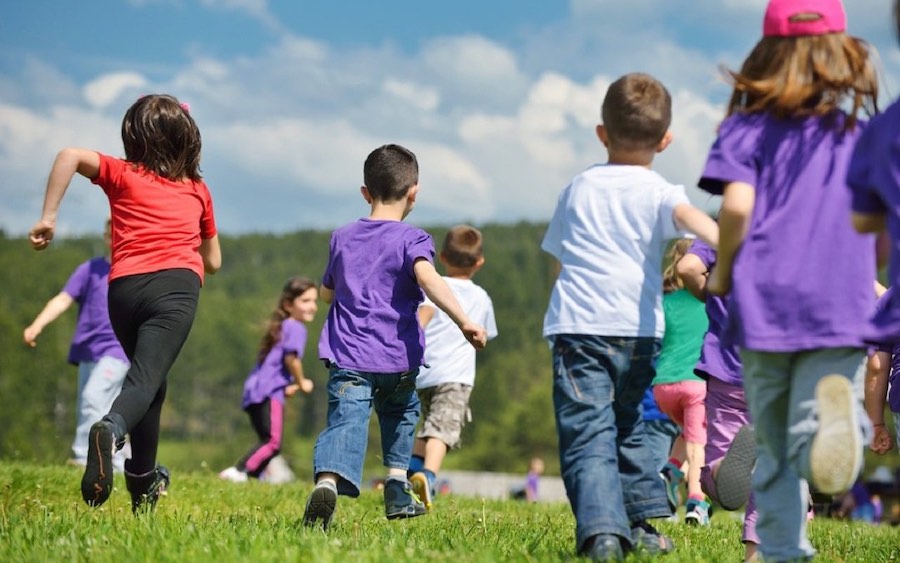
10 Quick and Easy Heart-Centered Activities
The month of February is all about the heart! Not only does February host Valentine’s Day, but it is also American Heart Month. Therefore, it’s the perfect time for teachers to make a natural tie-in and focus on healthy, heart-centered classroom activities.
Movement-filled, heart-pumping activities are excellent for productively burning off energy and enlivening the senses. Self-regulating, calming activities are perfect for centering bodies, hearts, and minds. A blend of both during the school day supports well-balanced students with healthy hearts.
HEART-PUMPING ACTIVITIES
First, here are some heart-pumping activities that incorporate movement and are sure to energize students.
1. MEASURING PULSE BEFORE AND AFTER EXERCISE
Help older students pay attention to the differences in their heartbeats by measuring their pulse before and after exercise. Start by talking about heart rate. Pulse, or heart rate, is the number of times a person’s heart beats each minute. Survey students to find out whether they think their hearts beat faster or more slowly when they exercise. Most students will recall that their pulse increases when they are active. Instruct students to gently check their pulse by taking two fingers and placing them against one side of their neck. Make sure everyone can find their pulse. Then, explain that first, each student should count the number of times their heart beats in one minute (before exercise). Set a timer for one minute, and have students quietly count to themselves. At the end of one minute, have students record their heartbeats per minute. Have students engage in heart-pumping movements such as alternating toe touches; hopping, marching, or running in place; star jumps; or jumping jacks. After 8-10 exercises repeated two or three times, have each student record their heartbeats per minute. Ask students to compare the two. If desired, change the exercise each day, and have students note any differences in their pulse that result from varying exercises.
2. MUSICAL PULSE BEFORE AND AFTER EXERCISE
Repeat the Measuring Pulse Before and After Exercise, but make it musical! Use instruments to focus on the rhythm and beat of the heart before and after exercise. Provide students with egg shakers, maracas, tambourines, or bells. If desired, students can simply tap their desks or clap their hands. Repeat the pulse activity. This time, have students add a musical element with their instruments that mimics the beat of their heart. Tell students to focus on the rhythmic pulse and sound rather than counting their heartbeats.
3. COUNTING BREATHS BEFORE AND AFTER EXERCISE
Help older students pay attention to differences in their breathing by measuring their respiratory rates before and after exercise. Start by talking about breathing. Breaths in and out, or respiratory rate, is the number of times a person breathes each minute. Most students will recall that their breathing increases when they are active. Set a timer for one minute. Have students place a hand over their chest and count how many times their chest rises in one minute. Ask students to record their results. After students engage in heart-pumping activities, have them count their breaths again and record their results. Change the exercises from day to day, and have students note the differences in breathing that result from varying exercises.
4. MOVEMENT BREATHS BEFORE AND AFTER EXERCISE
Repeat the Counting Breaths Before and After Exercise, but make it about movement! Use movement to focus on the speed of students' breathing before and after exercise. Have students start with their hands at the center of their chests with their elbows bent. They should extend their hands out into a circle as they inhale. As they exhale, students should bend their elbows and bring their hands back to their chests. Make sure students focus more on the movements and speed of their breath than counting their breaths.
5. HAPPY HEART HOP
At the beginning of February, have students come up with a list of five things they love. Each school day, have one student read their list while the class follows along with a Happy Heart Hop. Model the activity for students on the first day by leading the Happy Heart Hop.
- I love the playground. (Hop on one foot one time.)
- I love the playground and reading. (Hop two times.)
- I love the playground, reading, and dancing. (Hop three times.)
- I love the playground, reading, dancing, and going on walks. (Hop four times)
- I love the playground, reading, dancing, going on walks, and snowflakes. (Hop five times.)
CALMING ACTIVITIES
Next, here are some calming activities to help students ground and center themselves.
1. TIMED BALANCE EXERCISE
Have students practice their balance. Students should stand on their left leg, reaching their left arm forward and their right leg backward, with their right hand on their right hip. Depending on age and capability, have them hold the position for 15 seconds, 30 seconds, 45 seconds, or 60 seconds. Then, have students switch and do the same with the other side of their bodies. Tell students it’s OK if they lose their balance during the exercise, and encourage them to start again after they get back in position.
2. PLANK CHALLENGE
Help students build strength and stability with a month-long Plank Challenge. Depending on students’ age and fitness level, you may choose to use the standard forearm or straight-arm plank, or try a variety of other plank types such as side plank, one-armed plank, leg-lift plank, or knee-tuck plank. Start by asking students to stay quiet as they hold a standard plank pose for 10 seconds. If desired, play calming music during the challenge, change the plank type each day, and increase the interval by five seconds every few days.
3. A WISH AND A BREATH
Help students practice calming breath. Tell students to stand and hold an imaginary yellow dandelion with one hand and an imaginary dandelion with fluff in the other. Ask them to make a mental (silent) wish. As they breathe in, tell students to smell the yellow dandelion. As they breathe out, tell them to send the dandelion fluff flying. As an alternative, ask students to make a silent wish, then imagine they are breathing in and blowing out to make giant bubbles. Have students repeat for a predetermined number of breaths.
4. BREATH BALANCE
Teach students a new way to breathe calmly. Have students sit up tall in their seats or sit on the floor with legs straight forward or criss-crossed. Ask students to breathe deeply as you count to one and exhale deeply as you count to two. Continue to build breaths in and out up to 10. Then, reverse the breathing exercise and have students breathe in deeply as you count to two and out deeply as you count to one, etc.
5. TAKE 10 LOVING BREATHS
Help students learn to focus on the positive with each breath. If possible, lower/dim the lights or shut the blinds/shades in the classroom. Have students get in a comfortable position and close their eyes if they are comfortable doing so. Then, tell students to take 10 deep breaths in and out at their own pace. With each breath, tell students to picture something they love or enjoy as in Happy Heart Hop.
Encourage movement in your language arts, math, and reading lessons with Walkabouts, the active learning platform. Getting kids moving helps them learn! In addition, an active education increases student engagement and achievement, improves comportment, reduces behavior referrals, and supports healthy habits. Sign up for a free trial of Walkabouts, and learn how movement can benefit learning in your classroom.





